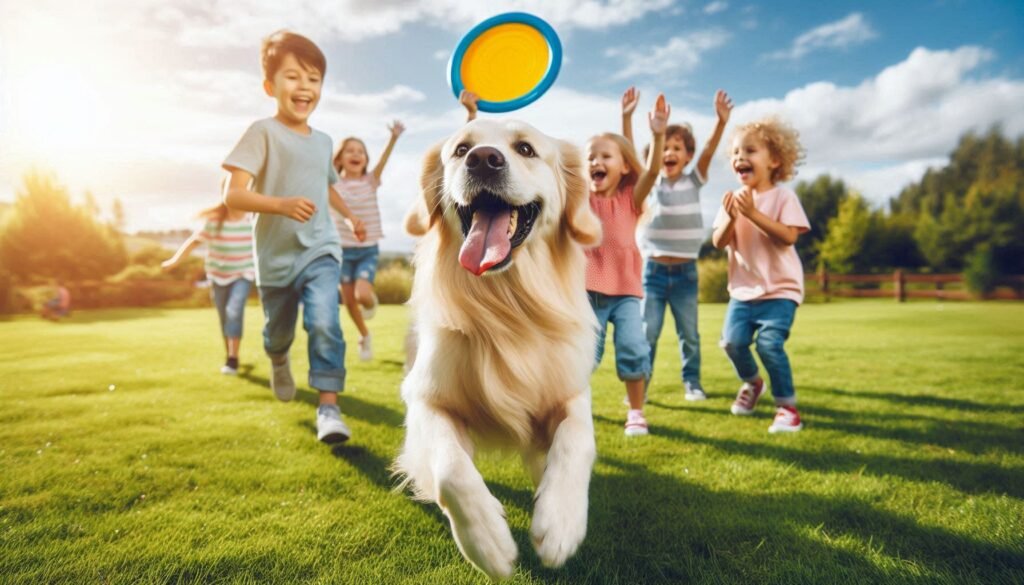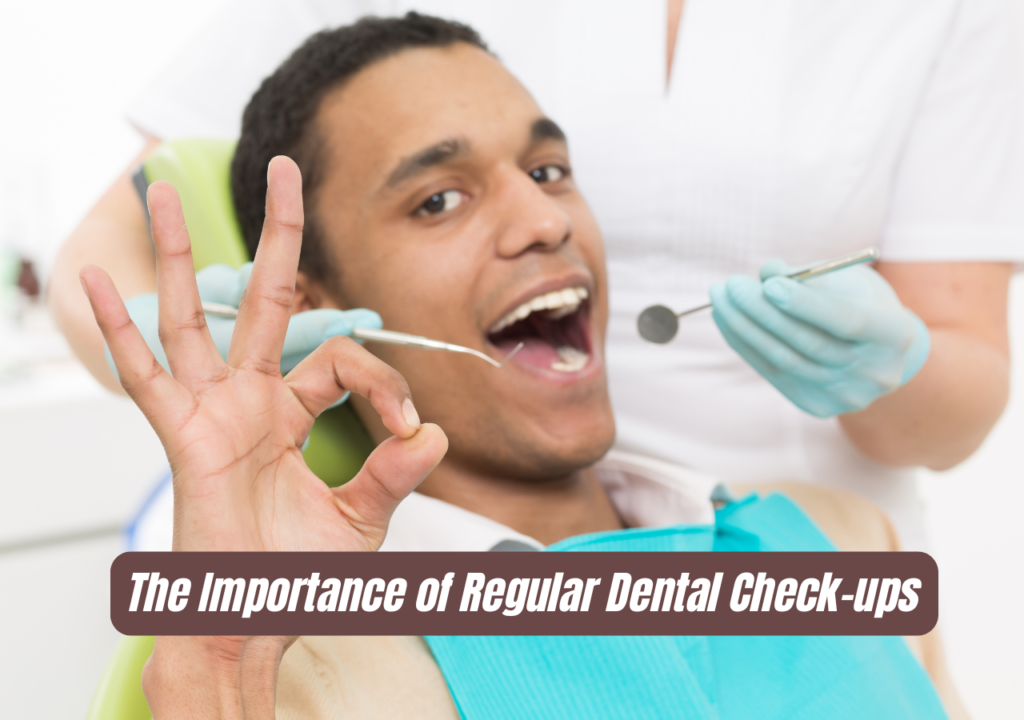Top 10 Health Benefits of Regular Exercise for Pets: Enhance Your Pet’s Well-being
Introduction
Regular exercise for pets is crucial for the health and happiness of your pets. Just like humans, pets require physical activity to maintain their overall well-being. In this article, we will explore the top 10 health benefits of regular exercise for pets, focusing on how it enhances their physical and mental health.

1. Weight Management
Regular exercise helps pets maintain a healthy weight. Obesity in pets can lead to numerous health issues such as diabetes, heart disease, and joint problems. Exercise ensures that your pet burns off excess calories, keeping them fit and active.

2. Improved Cardiovascular Health
Exercise strengthens your pet’s heart and improves cardiovascular health. Regular physical activity increases the heart rate, which promotes better blood circulation and reduces the risk of heart diseases.

3. Enhanced Joint and Bone Health
Physical activities like running, jumping, and playing help in maintaining strong bones and joints. Regular exercise can prevent conditions like arthritis and improve overall mobility in pets.
4. Mental Stimulation
Exercise provides mental stimulation for pets. Activities like playing fetch, agility training, and interactive games keep their minds sharp and reduce the chances of behavioral problems due to boredom.
5. Better Digestion
Regular physical activity aids in better digestion and helps prevent constipation in pets. Exercise stimulates the digestive system, ensuring that your pet has regular bowel movements.
6. Reduced Anxiety and Stress
Exercise is a great way to reduce anxiety and stress in pets. Physical activity releases endorphins, which act as natural mood lifters. This helps in calming anxious pets and improving their overall mental health.

7. Increased Energy Levels
Regular exercise boosts your pet’s energy levels. An active pet is more likely to engage in playful activities and have a positive disposition throughout the day.

8. Strengthened Immune System
Exercise helps in strengthening the immune system of pets. Regular physical activity can increase the production of antibodies and white blood cells, making your pet more resistant to infections and diseases.
9. Improved Socialization Skills
Taking your pet out for exercise provides opportunities for socialization. Meeting other pets and people helps in developing social skills and reduces aggressive behavior in pets.
10. Longevity
Regular exercise contributes to a longer, healthier life for pets. It keeps them in good physical shape, prevents diseases, and enhances their quality of life.
The Importance of Regular Dental Check-ups: Preventing Major Oral Health Issues
Caring for the health of teeth is very crucial to one’s health of the body….
Is Social Media Bad for Mental Health?
Is Social Media Bad for Mental Health? Exploring the Impact on Well-Being Social media has…
Probiotics Specially Designed for the Health of Your Teeth and Gums
Brand New Probiotics Specially Designed For TheHealth Of Your Teeth And Gums Try ProDentim: a unique…
The Health Benefits of Daily Coffee Consumption: Boost Your Focus, Mood, and More
Introduction: Coffee can be described as one of the most popular beverages in the globe,…
Top 5 Amazon Coffee Makers for Perfect Brews: Discover Your Ideal Coffee Machine
offee occupies an important place in many people’s lives, it is not only drink which…
Top 5 Best Coffee Shops in New York for a Perfect Coffee Date
When it comes to choosing the perfect coffee shop for a romantic coffee date in…
FAQs About Pet Exercise
1. How often should I exercise my pet?
It depends on the breed, age, and health of your pet. Generally, dogs should be exercised for at least 30 minutes to an hour daily, while cats benefit from shorter, more frequent play sessions.
2. What are some safe exercise activities for pets?
Safe activities include walking, running, fetch, swimming, and interactive toys for cats. Always consider your pet’s physical condition before starting any exercise routine.
3. Can too much exercise harm my pet?
Yes, excessive exercise can lead to injuries and exhaustion. It’s important to gradually increase the intensity and duration of exercise based on your pet’s fitness level.
4. How can I encourage my lazy pet to exercise?
Start with short, fun activities that your pet enjoys. Gradually increase the duration and variety of exercises. Positive reinforcement with treats and praise can also motivate your pet.
5. What should I do if my pet shows signs of exhaustion during exercise?
If your pet shows signs of exhaustion, such as heavy panting, drooling, or limping, stop the exercise immediately. Provide water and allow them to rest. If symptoms persist, consult a veterinarian.














